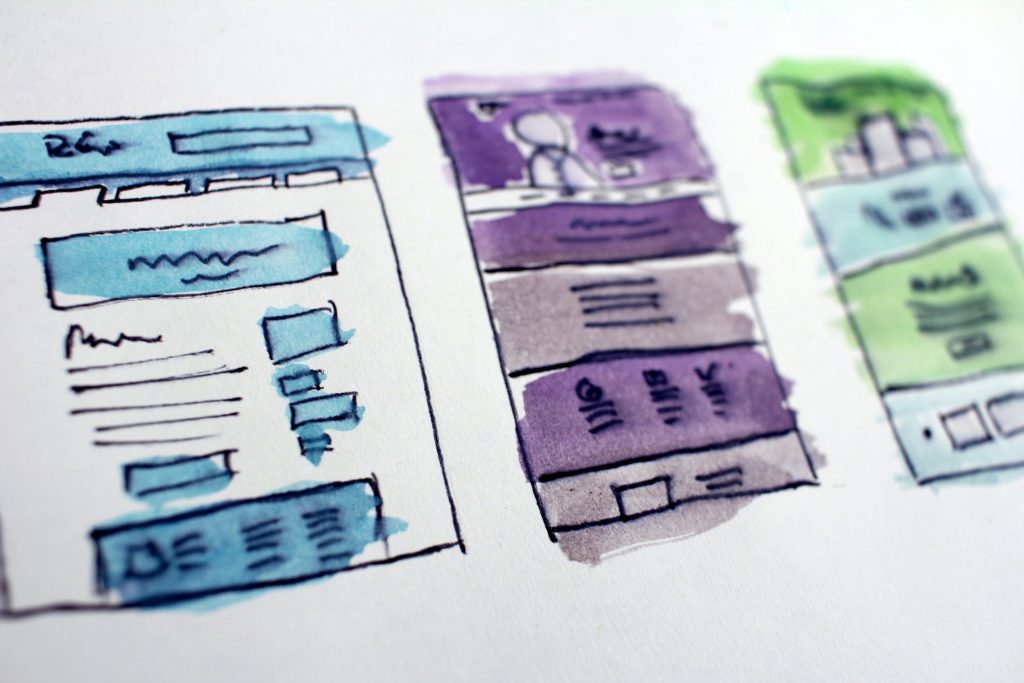
Design thinking with the help of design sprints gives entrepreneurs a framework for going from insights to viability quickly. Recently, Sasha Saberi of LOUDX Venture Studio joined us to share his 5 practical steps entrepreneurs can use to learn from the voice of customers in creative ways.
Design Thinking
What is design thinking, you might be asking right now?
Design Thinking is a process where we seek to understand our customers, challenge our own assumptions, and redefine problems in an attempt to identify alternative solutions that might not be instantly apparent. It’s iterative. It’s creative. It’s often innovation at work. And it’s great for creatives, product developers, and service providers alike.
Design Sprints
Design sprints are the framework that you can use to work through your problem with design thinking. Sasha walked us through the 5 phases of this framework and we’ll try to break them down here as well. Each piece of this has any number of tools that you can use along the way. We will call out tools that we like, but feel free to Google to find a tool that fits your business and process because there are many out there.
Five-Step Framework
- Empathize.
The first phase is all about understanding your customer. Gather as much information as you can by interviewing, surveying, observing, and digging into any data you have at your fingertips. In this phase, you will build or adjust your customer personas for clarity. Ask yourself: What is their problem? What are their needs? What is their day-to-day like?A tip from Sasha: Keep in mind that the Voice of the Customer is discovered via actions, not words. Your customer often can’t express themselves clearly and sometimes they don’t even know what they actually want. So look to their behaviors to guide you.
- Define.
Now that you’ve gathered your insights, start looking for patterns to help you narrow down the problem and define the challenge and your customers’ needs as clearly as possible. What are the common problems? Where are your customers experiencing inefficiencies? Try creating a customer journey map or empathy map to further define what you’ve learned in Phase 1. - Ideate.
After you’ve clearly defined the problem or needs of your customers, it’s time to try to solve them. Brainstorm as many ideas for solutions as you can and match them with the insights from Steps 1 and 2. This is a great example where more minds can be helpful. Often the solution isn’t the first thing that springs to mind. Spend some time here and get really creative.A tip from Sasha: Variance is the key to innovation. Come up with as many ideas as possible. And don’t try to force a solution out of a problem.
- Prototype.
Boil your ideas from phase 3 down to a couple few that you think might make the biggest impact. Make sure they can be simple, testable ideas. Then create prototypes. We aren’t talking about workable prototypes here. This is a one-day phase, so these prototypes should be simple to show. Think storyboards, screenshots, or fake products. Nothing that takes days or weeks or months to create here. It’s more of a craft project than coding or production. - Test.
Lastly, bring in actual people and walk them through our prototype. Let them see and interact with it to give you feedback quickly. Get an understanding for how they feel about it. Watch for confusion and how they interact with it. When you get the results, go back in the process and work through it again until you get to where you ultimately want to go. You might not have to go all the way back to phase 1, but be prepared to learn and iterate until you get to a place where you feel great about your next offering.
During your design sprint, you will want to gather your thinking heads together in one space for about 1 week. Clear your schedule, as you won’t want anyone distracted. Nix those interactions upfront. Bring an existing customer or two along as well.
Once you have everyone in a room, spend about one day on each of the phases of the framework above. For instance, on day one, spend time getting very clear on the problem and who you’re trying to solve it for. Make sure from your insights and data that you’re all on the same page. Then you’re off to the races. Work through each phase of the framework without getting stuck on any single one. Working with someone who facilitates these conversations can be very helpful so that you don’t get stuck trying to sell a solution too early in the process.
Larger companies are utilizing this thinking and these tools to try to iterate as quickly and nimbly as startups often can. So, you have an advantage here. This framework can work successfully with small businesses too. Give yourself the time and opportunity to iterate through design thinking by using design sprints. Follow LOUDX Venture Studio on Instagram for more inspiring information.
Join us for our next signature event by becoming a member of Haven. We’d love to see you there growing and leveling up your business with us.
